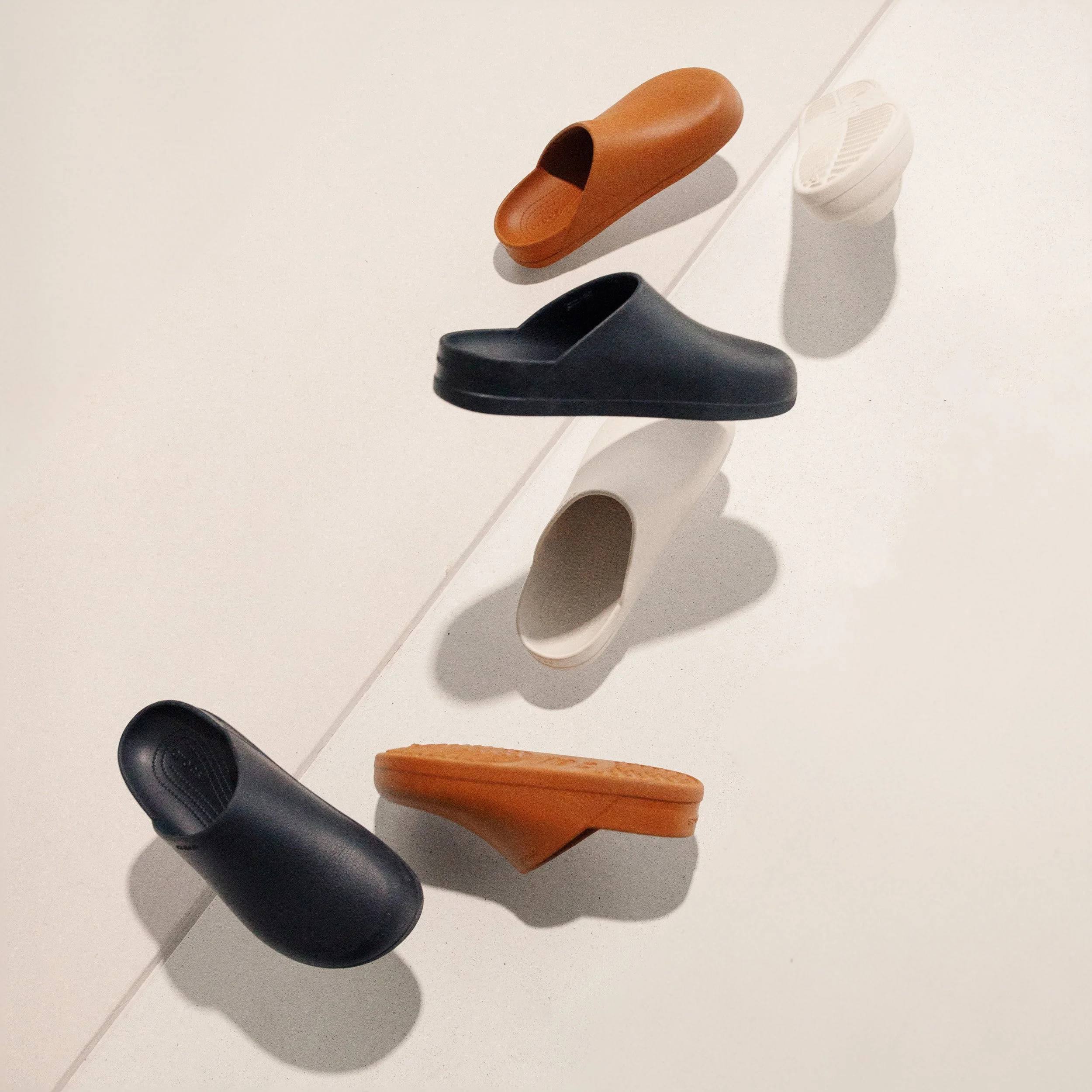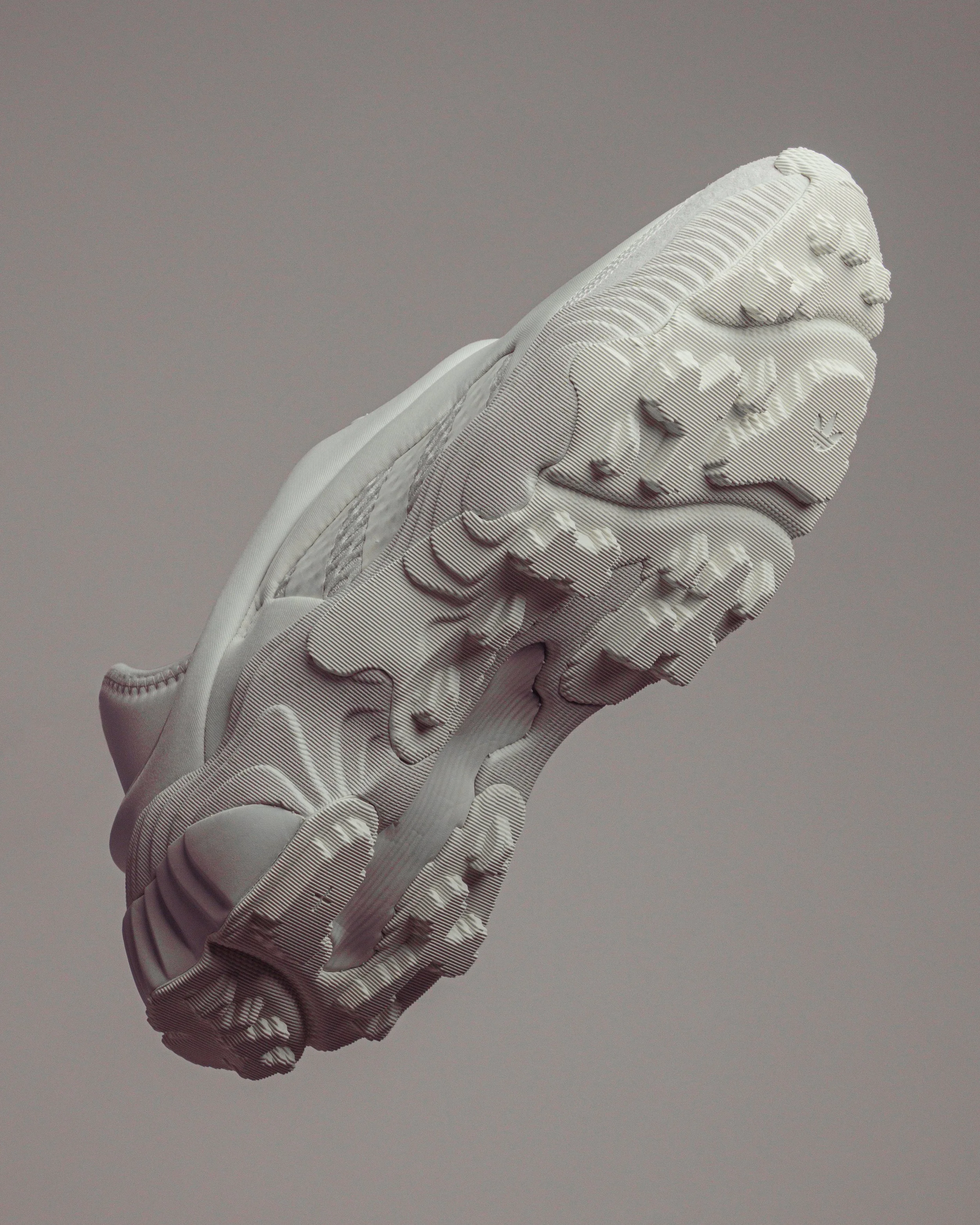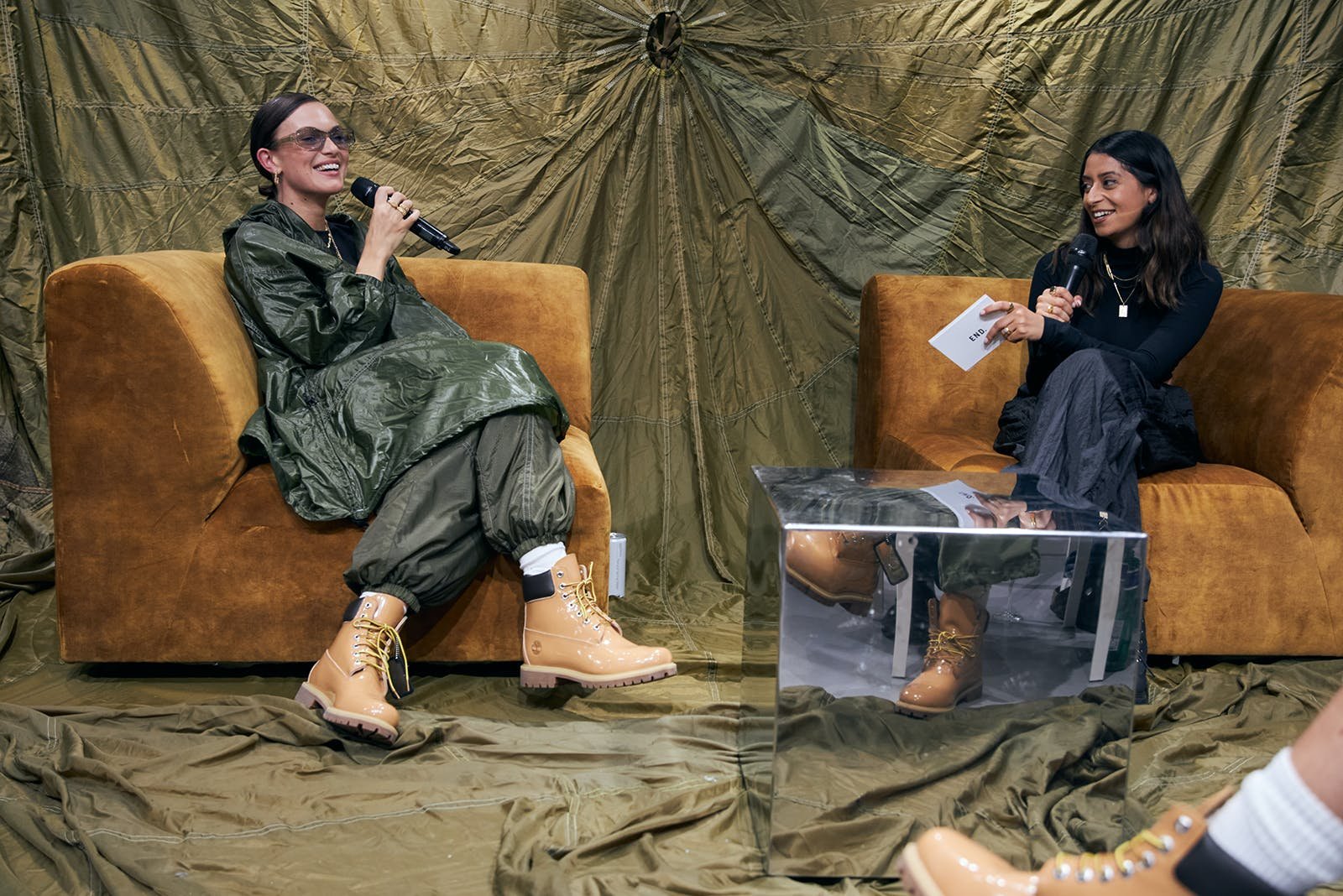Film Emulation with the Ricoh GR

I'm not very familiar with film but I've shot a few rolls in my time and enjoyed every single one. Not being able to instantly see the image I have just made encourages me think more before I press that shutter release. And once the roll is up, there's the anticipation, the excitement to find out how the shots came out.
Lola on the lookout. ISO 6,400
Film is unpredictable, especially when used in 30 year old cameras that have dodgy light seals. There's a randomness to it that I love. A bit of light leak here. A bit of discolouration there. And then there's the grain. ISO performance with the technology in current digital sensors means that incredibly clean images are achievable. Sometimes clean images are essential but other times times I want a little bit more character, a bit of grit.
Through the park. ISO 3,200
The Ricoh GR has had an avid following, from the various film versions through to the five generations of the 28mm digital family. I caught the Ricoh GR bug when I picked up the first digital generation GR, known as the Ricoh GRD (D for digital), from ebay a couple of years back. And now I have also added the Ricoh GRD IV and the most recent Ricoh GR (V). There are many reasons to why I love the digital GR's including their portability, ergonomics, speed and versatility but the way that they handle high ISO is one of the reasons that these cameras have such a fan club.
Escalate. ISO 6,400
The noise that the digital GR's create at high ISOs is often described as similar to the grain you get on film. It has been experimented with by many but mainly in black and white output. I prefer shooting in colour and so I wanted to see if the film like grain would be similar in colour output. Noise in colour film isn't as pretty or as forgiving compared to black and white noise and is normally undesirable. Some of the colour film I have shot has been ISO 800 in disposable cameras. The resulting images lacked fine detail and were peppered with noise in dark areas that discoloured the blacks but full of character.
Pigeon. ISO 12,800
Shooting with a high ISO does have it's advantages too. The faster film speed allows you to shoot in lower light with less motion blur or reduce the aperture to increase depth of field.
Options. ISO 6,400
I headed out into town with Jen took a few snaps, testing out faux-film settings with my camera. The images displayed here are JPEGs out of the Ricoh GR with no post-processing. I set the colour setting in camera to vivid, because I like a bit of saturation and punch in the colours. Ramping up the ISOs, between 3,200 to 12,800 introduces that grain.
Options #2. ISO 6,400
Medicines. ISO 6,400
Embellished T-Shirts. ISO 12,800
Butcher. ISO 6,400
24th January 2015. ISO 6,400
This technique and aesthetic won't be to everyone's taste but I think its interesting to see how the Ricoh GR displays a very high level of sensor noise. Considering the ISOs being used here, the GR handles it well and for those that don't want to spend time in post creating the film-like look, I think that this technique is an option that is worth considering.
Brothers. ISO 12,800
Long shadows. ISO 6,400
Bus stop. ISO 12,800
Smile please. ISO 6400
I like how the noise adds character to the image. The unsharpness and slight discolouration gives it the film look that I'm after without the process of post processing. I have experimented with film emulation presets before but I found them to be a bit too precise and predictable. Plus I work behind a screen enough already so I'd rather spend as much time away from it as I can.
Ant Tran is product and lifestyle photographer. Currently working at END.











